Maintenance Tips to Expand Jib Crane Lifespan
Jib cranes play a vital role in modern material handling operations, offering localized lifting support for a wide range of industries—from warehousing and manufacturing to assembly and fabrication.
These cranes—whether freestanding, wall-mounted, ceiling-mounted, or articulating—require consistent care and maintenance to ensure they operate safely and efficiently for years.
In this guide, you’ll learn essential maintenance tips tailored to various jib crane models, helping extend their service life and minimize downtime.
Explore the broad Applications of Jib Cranes to understand how each model supports specific operational demands.
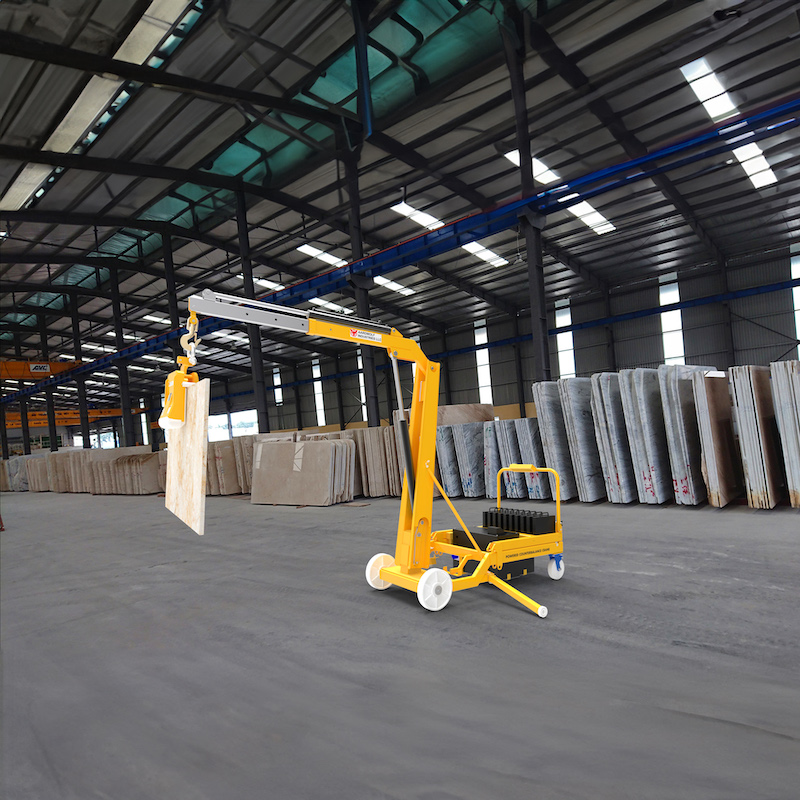
Why Maintenance Matters for Jib Cranes
Neglecting routine maintenance can lead to:
- Reduced equipment performance
- Costly repairs or replacements
- Increased risk of workplace injuries
- Compliance violations with OSHA and ASME standards
By adopting a preventive maintenance strategy, you can catch early signs of wear, ensure operator safety, and extend the lifespan of your jib crane investment.
Learn more about Jib Cranes Installation best practices to complement your maintenance efforts.
General Maintenance Principles for All Jib Crane Types
No matter the crane configuration, several core maintenance practices apply:
1. Daily Visual Inspections
Before each shift:
- Check for visible wear on the hoist cable or chain
- Inspect the boom and mast for cracks or rust
- Test brake functionality
- Confirm that the load capacity labels are legible and present
2. Lubrication Schedule
Proper lubrication reduces friction and wear on moving parts:
| Component | Frequency |
|---|---|
| Pivot bearings | Monthly |
| Trolley wheels | Monthly |
| Wire rope guides | Bi-monthly |
| Articulating arm joints | Monthly |
3. Electrical Component Check
- Examine power cords for fraying
- Test emergency stop functions
- Verify that limit switches operate properly
Specific Maintenance for Jib Crane Models
Freestanding Jib Cranes
These self-supporting models experience full rotational loads.
Key checks:
- Inspect anchor bolts and baseplate torque
- Examine the boom-to-mast welds
- Check mast plumbness with a level
Wall Mounted Jib Cranes
When installing wall-mounted jib cranes, maintenance focuses on the structural interface.
Inspect:
- Wall integrity around mounting points
- Anchor bolt tightness
- Swing radius for obstructions
Ceiling Mounted Jib Cranes
These space-saving cranes depend heavily on building support.
Maintenance tips:
- Monitor ceiling anchor points for fatigue
- Test for beam deflection under load
- Inspect truss or I-beam welds for cracks
Articulating Jib Cranes
Explore the articulated jib cranes products to understand their dual-arm flexibility.
Maintenance essentials:
- Lubricate both primary and secondary pivots
- Check for arm alignment and unrestricted movement
- Tighten link bolts regularly
Pillar Jib Cranes
Mounted to structural columns, these are often installed permanently.
Watch for:
- Column deformation or corrosion
- Secure brackets and mounting plates
- Recheck horizontal rotation angles
Cleaning and Environmental Controls
Operating in Dusty or Outdoor Environments?
- Clean boom and trolley tracks weekly
- Use anti-corrosion sprays on exposed steel
- Cover hoist when not in use
High-Humidity or Cold-Climate Use
- Apply moisture-resistant grease
- Use heaters in motor enclosures
- Inspect hoist covers for condensation damage
Preventive vs Reactive Maintenance
Preventive Maintenance
Planned maintenance based on time or usage, including:
- Scheduled lubrication
- Load tests
- Routine electrical checks
Reactive Maintenance
Performed after a failure or malfunction.
Avoid reliance on reactive strategies—they increase long-term costs and expose workers to risks.
To avoid reactive scenarios, follow the steps in A guide to install jib cranes properly at the beginning.
Maintenance Checklist by Interval
| Task | Daily | Monthly | Quarterly | Annually |
|---|---|---|---|---|
| Visual inspection | ✔ | |||
| Lubricate pivot points | ✔ | |||
| Inspect hoist brake | ✔ | |||
| Check anchor bolts | ✔ | |||
| Test emergency stop | ✔ | ✔ | ||
| Conduct full load test | ✔ |
Common Issues and How to Address Them
| Problem | Cause | Fix |
|---|---|---|
| Boom won’t rotate freely | Lack of lubrication | Grease pivot and check for obstructions |
| Hoist cable fraying | Overload or poor routing | Replace cable and adjust alignment |
| Noisy trolley movement | Dry bearings | Lubricate wheels and rail |
| Electrical short in controls | Moisture or wear | Replace damaged wiring or controls |
How Maintenance Extends Crane Life
Well-maintained jib cranes deliver:
- Increased operational uptime
- Lower repair costs
- Better resale value
- Compliance with OSHA/ASME safety audits
Regular care helps you maximize return on investment across all crane models—especially those used in high-duty cycles.
Final Thoughts
A smart maintenance routine is the foundation of reliable jib crane operation. Whether you're managing a freestanding, ceiling-mounted, or articulating jib crane, consistent inspections, lubrication, and part replacement will extend the equipment’s useful life while enhancing workplace safety.
Don’t forget to compare the difference between crane and jib cranes models to select the right type for your operations and match the maintenance plan accordingly
References
1. How to operate a Jib Cranes safely
3. Over brace jib crane wall mounted
5. Is a Jib Crane a Gantry Crane
6. Articulated Jib Crane Wall Mounted
8. Manual Counterbalance Crane
10. Over Braced Jib Crane Column Mounted





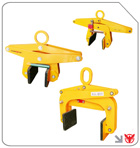
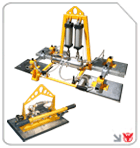
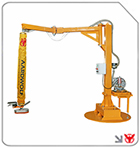
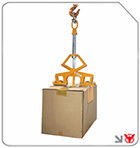
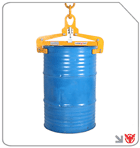
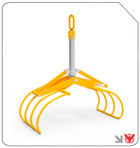
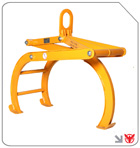
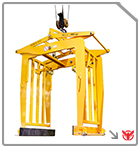
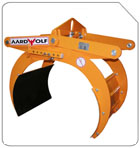
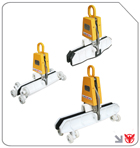
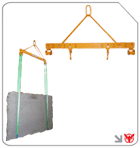
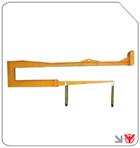
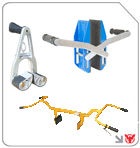
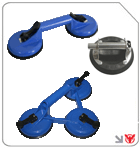
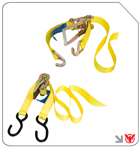
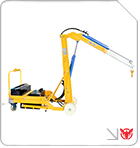
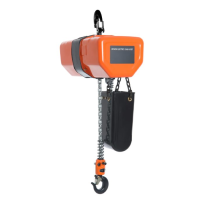
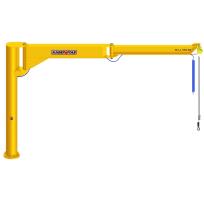
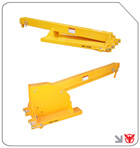
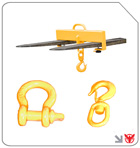
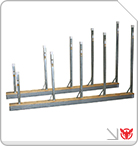
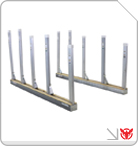
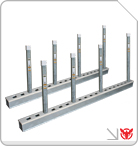
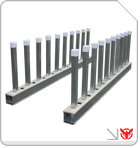
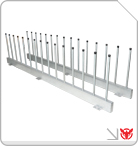
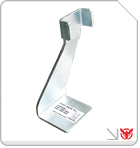
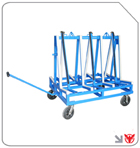
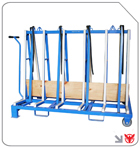
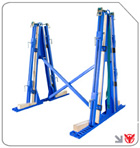
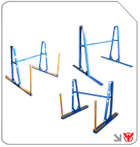
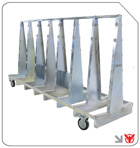
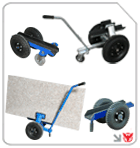
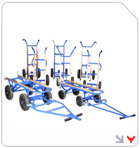
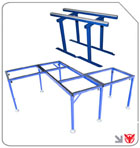
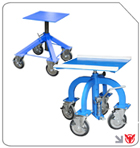
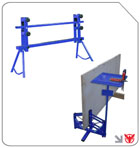
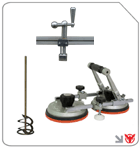

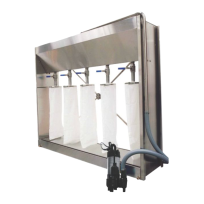
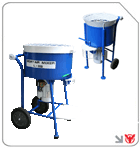
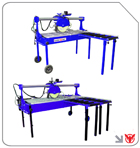
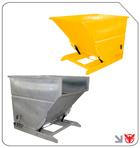

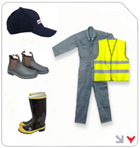
Follow us on: